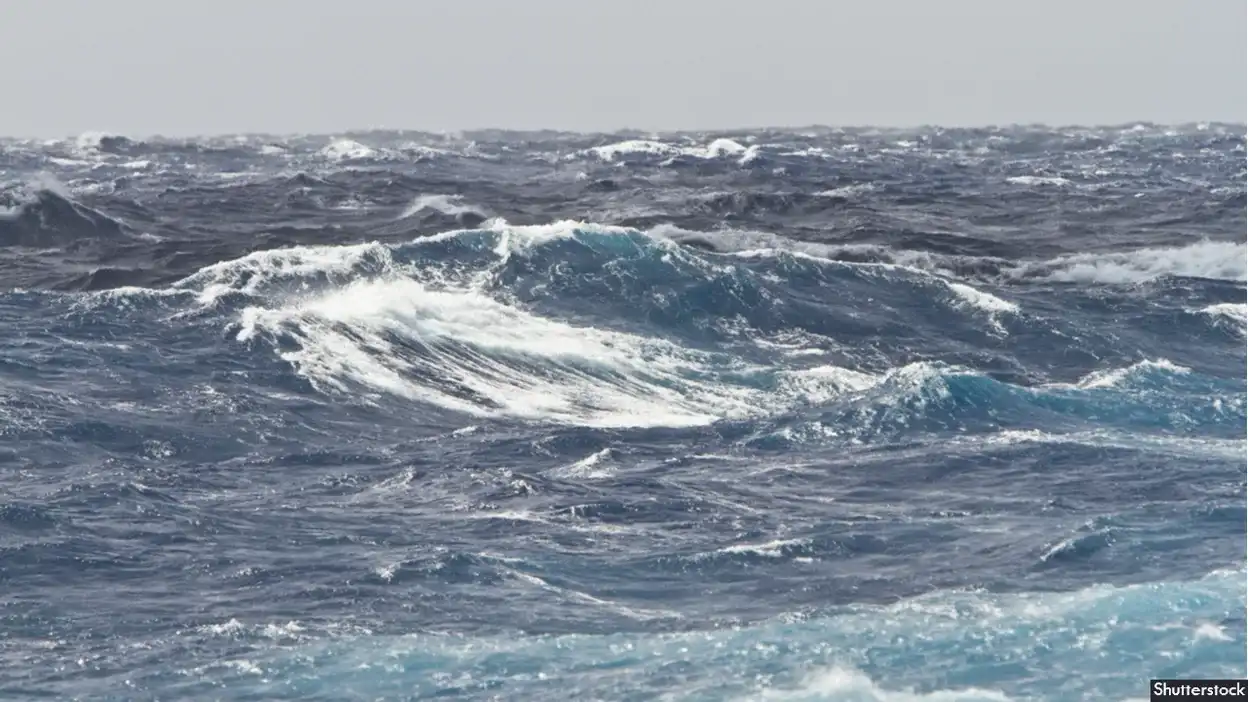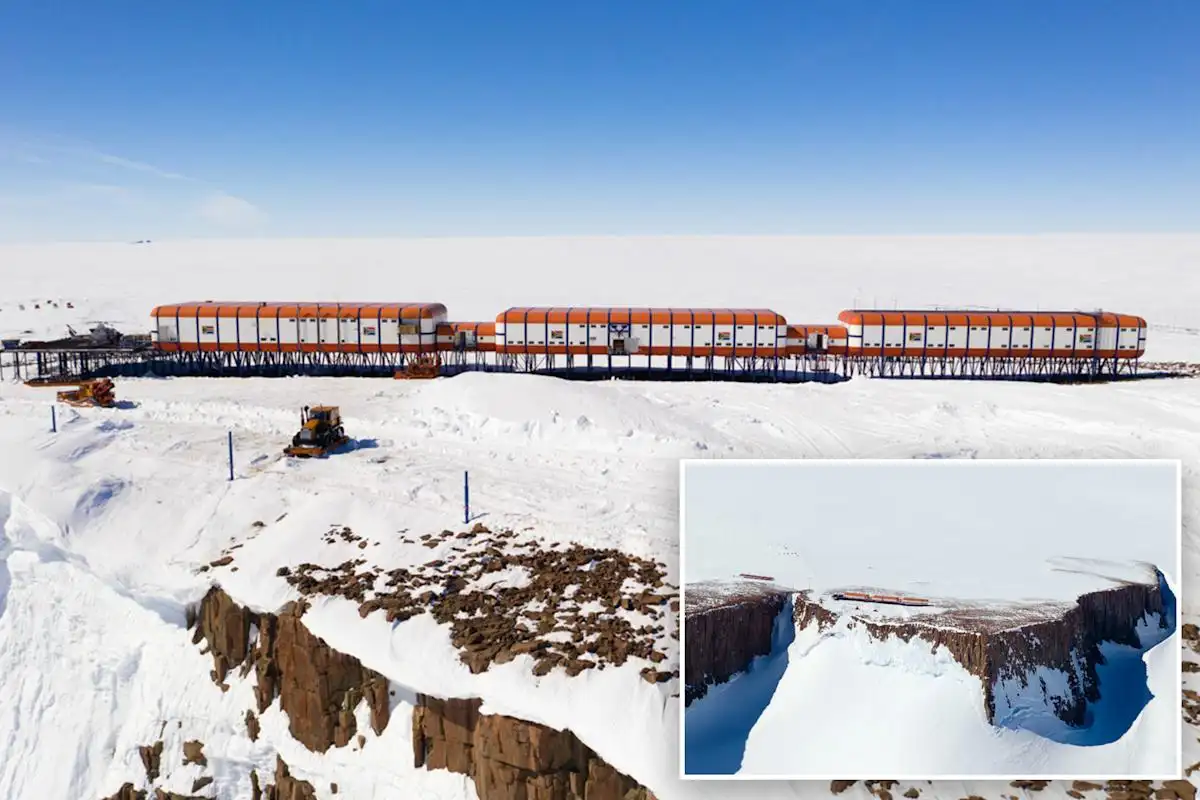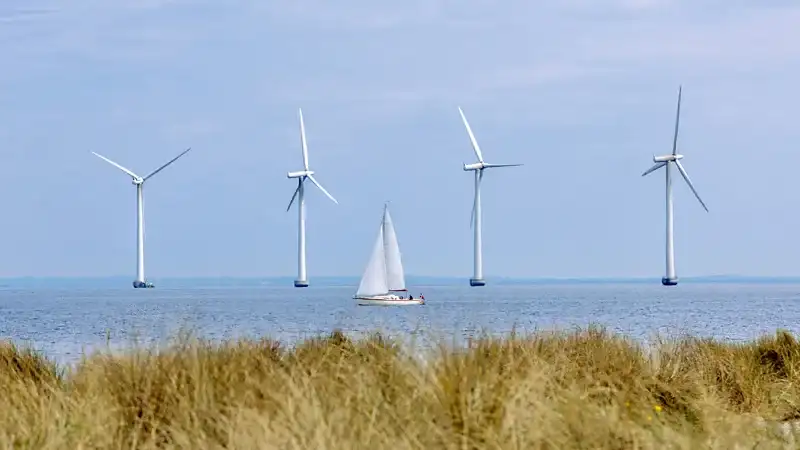Encircling the icy continent of Antarctica, the Antarctic Circumpolar Current (ACC) is the most powerful ocean current on Earth — and it’s starting to falter. Once assumed to be speeding up due to climate change, new research reveals a worrying trend: by 2050, this critical current may slow by up to 20%, with sweeping implications for global climate stability, marine ecosystems, and sea-level rise.
The Engine of the Southern Ocean
The ACC flows uninterrupted from west to east around Antarctica, linking the Pacific, Atlantic and Indian Oceans. This oceanic superhighway is more than just a current — it’s a crucial part of the planet’s “global conveyor belt,” the vast system that redistributes heat, nutrients, and carbon across the globe. In terms of power, it’s five times stronger than the Gulf Stream and more than 100 times the flow of the Amazon River.
Barrier, Gatekeeper, Regulator
The ACC serves as a defensive wall around Antarctica. It keeps warmer waters from reaching fragile ice sheets and helps prevent invasive species — like southern bull kelp — from reaching the southernmost ecosystem on Earth. It also plays a vital role in modulating the global climate by storing heat and absorbing carbon dioxide from the atmosphere.
Despite its importance, the ACC has remained relatively mysterious, due to its harsh, remote location. But with new modelling tools, scientists are beginning to understand just how vulnerable it is to the rapidly changing climate.
The Climate Conundrum
On paper, warming should be accelerating the ACC. As surface water heats up and winds intensify, the current should be gaining speed. But real-world observations show little change in its strength. A key missing element? The massive influx of cold, fresh meltwater from Antarctica’s disintegrating ice shelves.
New Models, New Warnings
Using Australia’s most powerful climate simulator — the Access-OM2-01 model — researchers at the Consortium for Ocean-Sea Ice Modelling in Australia ran detailed projections of how the ACC might respond to increased ice melt.
Unlike other models, this one captures finer features like ocean eddies and subtle interactions between freshwater inputs and deep ocean structure. The simulations showed that fresh meltwater flows northward and into the deep ocean, fundamentally altering water density. The result? A dramatic weakening of the current — a slowdown of as much as 20% by 2050.

What Happens If the Current Slows?
A decelerating ACC could unleash a cascade of consequences that would reverberate far beyond Antarctica.
- Biodiversity at risk: As the current distributes nutrient-rich water around the continent, its weakening could disrupt food chains and diminish marine life populations.
- Fisheries impacted: Reduced productivity could threaten the livelihoods of coastal communities that rely on Southern Ocean fisheries.
- Invasive species spread: Slower currents may allow non-native species to reach Antarctica, disturbing delicate ecosystems.
- Accelerated ice melt: With warmer waters reaching further south, Antarctic ice shelves may melt faster, raising global sea levels.
- Climate instability: A sluggish ACC weakens the ocean’s ability to absorb heat and carbon, undermining one of Earth’s most vital climate regulators.
A Feedback Loop in Motion
Perhaps most alarming is the potential for a self-reinforcing cycle. As the current weakens, more warm water infiltrates Antarctic waters, melting more ice. More ice melt leads to more freshwater entering the system, further weakening the current. If this spiral continues unchecked, it could reshape ocean circulation on a planetary scale.
Reversing the Trend
Despite these sobering findings, the outlook isn’t set in stone. Reducing greenhouse gas emissions can still slow the rate of Antarctic melt and help preserve the strength of the ACC. But time is limited, and action must be swift and coordinated.
What Needs to Happen
- Global emissions reduction: Aggressively cutting carbon pollution is the most direct way to protect the ACC and the systems it supports.
- Increased Southern Ocean monitoring: Long-term research programs are needed to track changes in ocean temperature, salinity, and current strength with high precision.
- Stronger international collaboration: Protecting ocean circulation is a global responsibility that requires joint efforts in science, policy, and climate action.
A System Too Big to Fail
In many ways, the Antarctic Circumpolar Current is a silent guardian of Earth’s environmental balance. It may circle the most isolated continent, but its influence touches every corner of the globe. As we approach 2050, the question is no longer whether the ACC matters — it’s whether we can act in time to keep it moving.






